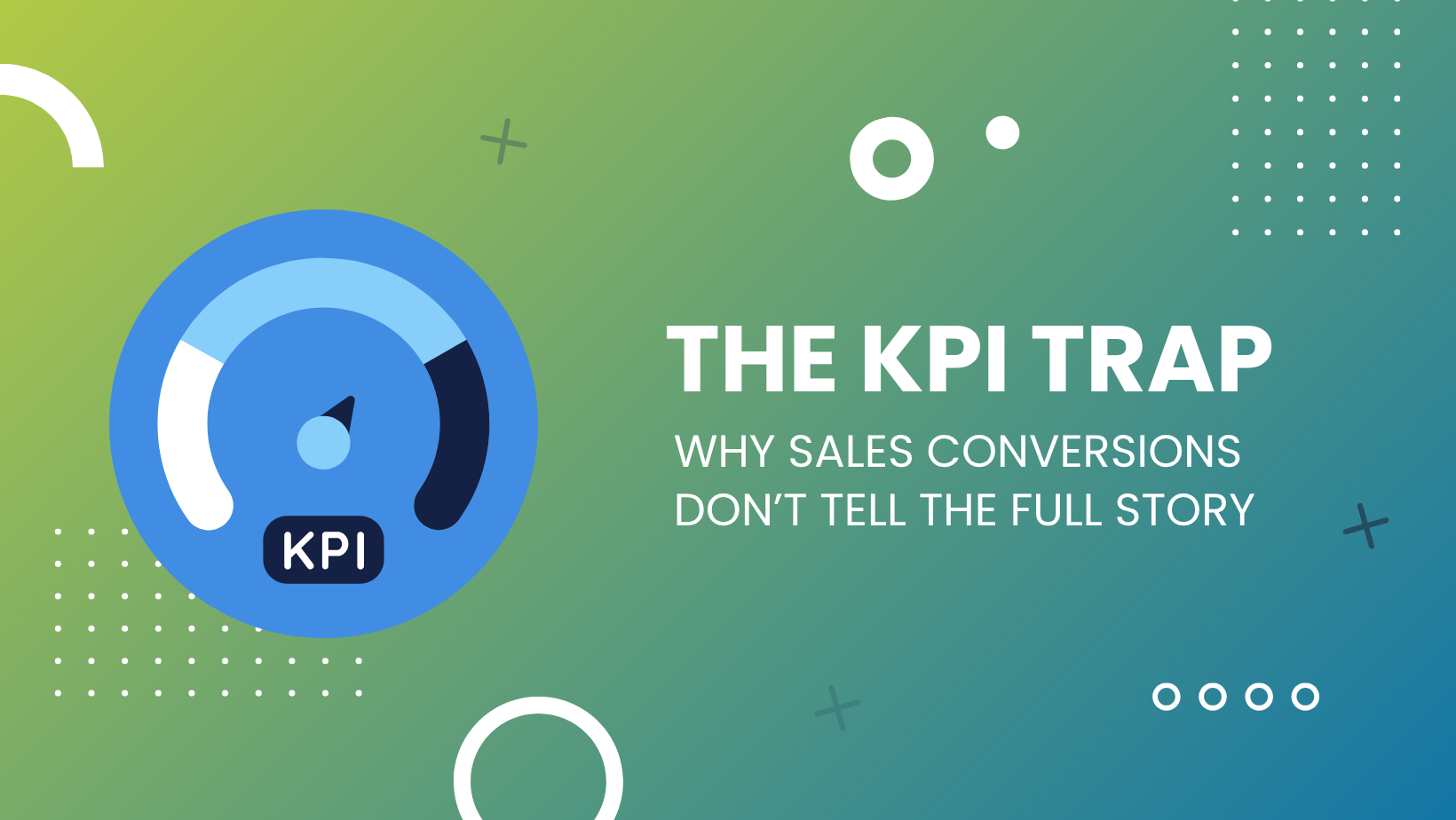The Ultimate Guide to Creating a Comprehensive Marketing Plan for 2024

Having a robust marketing plan is non-negotiable. It not only outlines your organization's strategy and direction but also equips you to adapt to the fluid marketing landscape expected in 2024.
Unlocking the potential of a well-crafted marketing plan empowers you to pinpoint your target audience and showcase how your product or service uniquely meets their needs.
Ready to get started? You’ll need these 9 components to create a comprehensive marketing plan:
1. Understanding the Marketing Landscape in 2024
From emerging technologies like AI to shifts in consumer behavior, 2024's marketing landscape will be governed by innovative trends and global events. It's crucial to analyze these factors to develop impactful marketing strategies.
Check out this blog: 2024 Marketing Forecast: Trends Shaping the Industry
2. Setting Clear Goals and Objectives
Setting SMART (Specific, Measurable, Achievable, Relevant, and Time-bound) goals aligned with your overall business objectives is critical. It's also essential to establish key performance indicators (KPIs) for measuring your marketing initiatives' effectiveness. Here are some KPIs to consider:
- Return on Investment (ROI)
- Return on Ad Spend (ROAS)
- Marketing Qualified Leads (MQL)
- Follower Growth
- Conversion Rate
- Website Visitors
- Referral Traffic
- Organic Traffic
- Customer Retention
3. Target Audience Identification and Persona Development
Understanding your target audience through diligent market research and creating detailed buyer personas are pivotal steps. Tailoring your marketing strategies to resonate with your target audience will ensure higher engagement and conversions.
Check out this blog: Personalization in Marketing: How to Create Tailored Experiences for Your Audience
4. Crafting a Unique Value Proposition
Your unique value proposition sets you apart in the crowded marketplace. It's imperative to communicate this effectively and align it with your consumers' needs and preferences for better brand recall and loyalty.
“We help (X) do (Y) by doing (Z).” This formula helps you emphasize benefits over features to appeal to your audience and their wants and needs (Semrush Blog).
5. Multi-Channel Marketing Strategies
Leverage various marketing channels like social media, email, and content marketing and integrate your online and offline efforts. Consistency across all channels enhances your brand image and trust.
Check out this blog: Integrated Marketing Communication: Aligning Your Messaging Across Channels
6. Budgeting and Resource Allocation
Allocate resources based on prioritized strategies and establish a realistic marketing budget. It's also important to monitor and adjust your budget allocations as needed for optimal results.
Your marketing budget should be a percentage of your revenue. Typically, B2B companies spend between 2 and 5% of their revenue on marketing, and B2C companies spend between 5 and 10% (bdc).
7. Implementation Timeline
Create a detailed timeline for your marketing plan, including key milestones and deadlines. Allot time for testing and optimization to ensure your strategies are effective.
8. Performance Measurement and Analytics
Tracking and analyzing your marketing performance is crucial to understand what's working and what's not. Regularly review and adjust your strategies based on data-driven insights to maximize ROI.
9. Agility and Adaptability
Keep your marketing plan flexible to adapt to real-time changes in the market. Staying abreast with industry trends and promptly adjusting your strategies accordingly helps maintain your competitive edge.
Conclusion
Creating an effective marketing plan calls for a proactive and adaptive approach. Remember, your marketing plan is not a one-time document but a dynamic blueprint that evolves for long-term success. Now get to it - happy planning!




